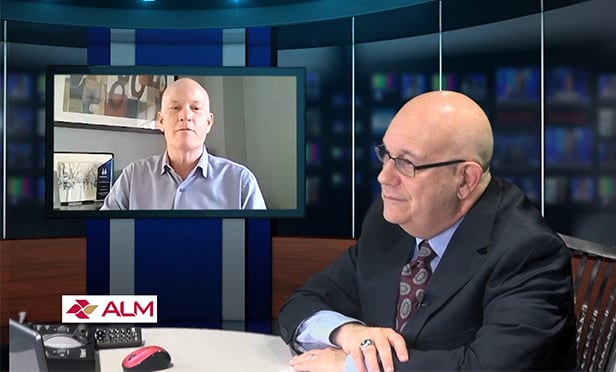Agreeing that buildings are the biggest consumers of energy in the US, Frederick Fucci, a partner in the locally based law firm of Arnold & Porter LLP, urged developers to seek alternative sources of energy. Alternative energy, he explained, refers to onsite or local generation of electric or thermal energy, either through systems using natural gas, fuel cells, solar energy or biomass. Although they are renewable, wind, hydro and tidal systems are not generally available in site-specific urban or suburban locations, he noted.
Conventional energy refers to "central generation" or grid-supplied electricity and natural gas, plus back-up diesel generators for emergency power, he explained. "Every time you flick the switch today in most places in the US, it means that you are tapping into a huge infrastructure that, in the end, relies on highly polluting, inefficient and outmoded technology. …It is the greatest single contribution to the global warming problem in the US and, were it not for China and its even heavier reliance on coal, the world." He urged that a reliable supply of energy be taken into account at the earliest stage of the real estate planning process.
"A considerable effort needs to be made to reduce the amount of energy (the buildings) consume," he said. "More fundamentally, real estate is an important part of the solution because every commercial and residential facility is potentially a small power plant--and this is the real alternative to the central generation model."
Recommended For You
Want to continue reading?
Become a Free ALM Digital Reader.
Once you are an ALM Digital Member, you’ll receive:
- Breaking commercial real estate news and analysis, on-site and via our newsletters and custom alerts
- Educational webcasts, white papers, and ebooks from industry thought leaders
- Critical coverage of the property casualty insurance and financial advisory markets on our other ALM sites, PropertyCasualty360 and ThinkAdvisor
Already have an account? Sign In Now
*May exclude premium content© 2025 ALM Global, LLC, All Rights Reserved. Request academic re-use from www.copyright.com. All other uses, submit a request to [email protected]. For more information visit Asset & Logo Licensing.








